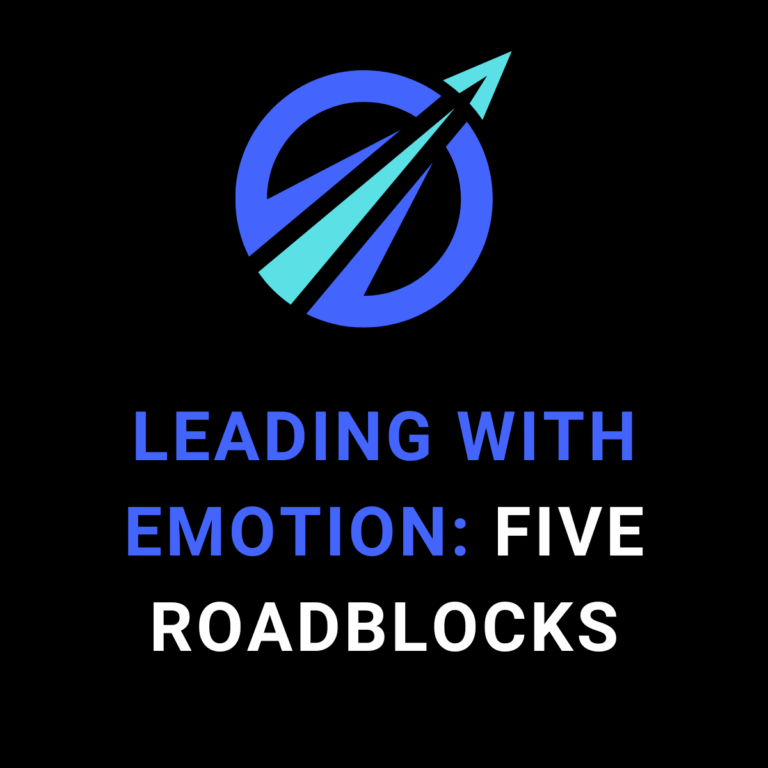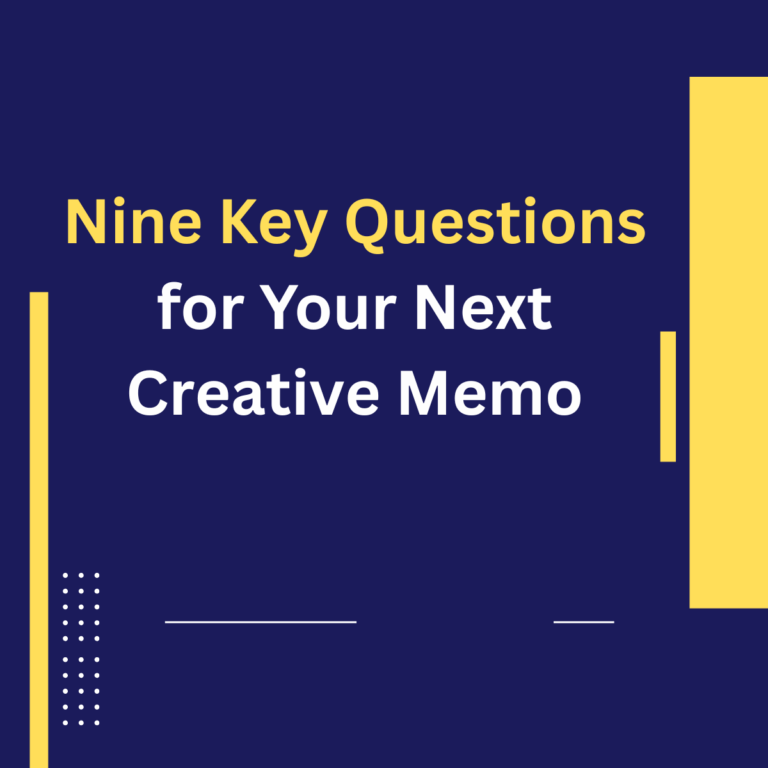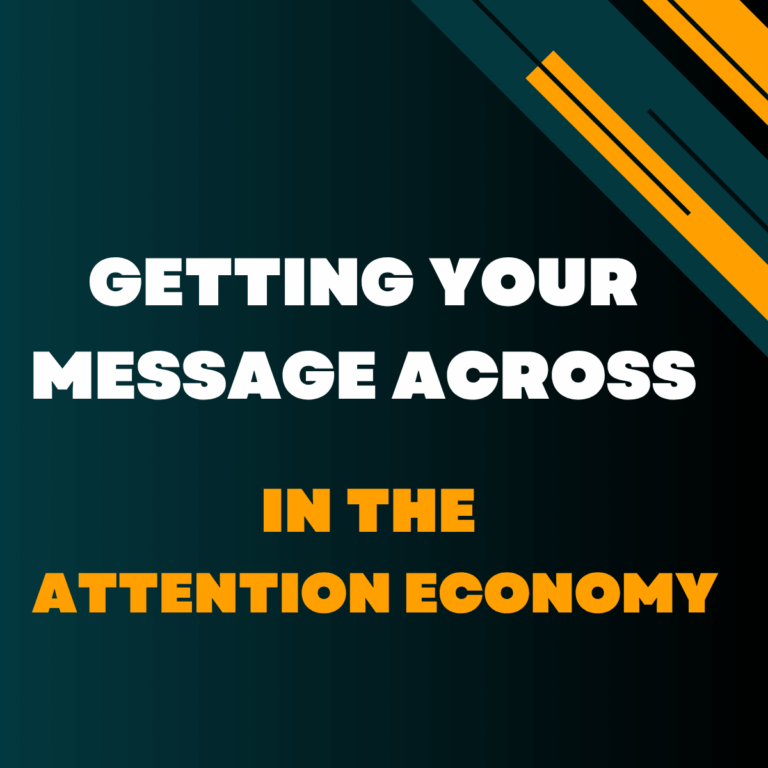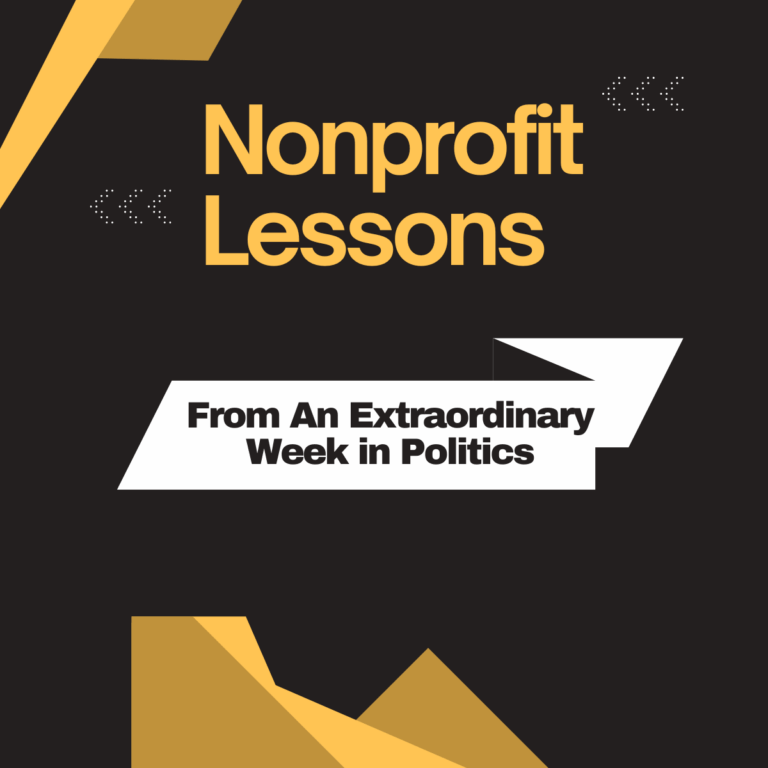Stepping back today and sharing a refreshed and updated post from the early days of OBrien On Message. The quality and persuasiveness of our messages can be either enhanced or disrupted as the message moves through the writing, designing, editing and approval process.
Indeed, some of the most important exchanges in developing nonprofit messages are the ones between content creators and those who review and approve what they’ve written or designed. It can be a fraught relationship.
In my early days as a fundraising copywriter for political campaigns, I contributed to those fraught feelings. I was so upset with people “ruining” what I wrote that I used to define “to vet” as “to seek to drive every ounce of energy and emotional power out of a piece of communication.”
As I gained experience – and hopefully a little more maturity – I came to realize the copy drafting and approval process doesn’t need to be that tense. Not if both sides of the equation follow a few simple “vet it right” principles.


Nothing can throw off the writing and approval process more easily than a writer getting it wrong by failing to understand the content that’s being communicated. People who actually execute the programs you are describing are rightly concerned that their work is well and honestly communicated.
When a writer gets it wrong, that undermines the trust of program and comms people reviewing your drafts. It’s a hard and fast rule: You can’t communicate what you don’t understand.

In every new client relationship, I always tried to sit down with those who would be reviewing what I wrote and ask two questions: What do you think is most essential for donors to understand about the work you do? And what drives you crazy when you are looking over fundraising copy?
When creators and reviewers believe they are on the same team and develop mutual respect, things can go really well. But when distrust and tension develop, even the simplest interactions can become difficult.

There are edits that disrupt the emotional power of what you wrote and edits that just annoy your ego as a writer. Engage on the former. Let go of the latter. You have to know what to push back on and what not to sweat.

I’ve learned that 90% of edits a writer might find legitimately troubling can be resolved not by confrontation but by accommodation. “I see what you’re trying to do, but what if we tackled it this way” tends to work way better than a flat out “making that change is a really bad idea.”

Unless it’s a routine update, don’t just go with “Here’s the draft.” Send a short note explaining one or two keys to your approach. It will demonstrate the thought and care you put into your writing and may help guide reviewers’ attention in a helpful direction.
And, perhaps this is obvious, but present the best possible version of your work. Don’t send a draft that you know needs a little work and count on your reviewers to carry it the rest of the way.


Even if you’re a great writer, fundraising copywriters have developed specialized response generating skills that deserve respect. So, small word or line edits are fine. But resist the temptation to wholesale rewrite the copy. Just tell the writer what you object to, what’s missing, or what you think needs to be made clear.

The message needs to work for its intended audience more than for you. It’s not about “dumbing down” the copy (a phrase I truly hate). It’s about respecting the difference between someone whose life’s work is devoted to a given topic and someone being asked to donate to one of many causes they support.

I wish I had a dollar for every time a program person told me. “You know I just throw this stuff away when it shows up in my mailbox or inbox.” Nice meeting you too. Even if that’s how you feel, no reason to share it. You will only spark the equally unhelpful, under the breath response to the “who gives to this stuff?” question: “the people who pay your salary.”

Elmore Leonard once suggested this rule for writing: “Try to leave out the parts that readers tend to skip.” The easiest way to break the rhythm of an emotionally engaging fundraising message is to weigh it down with content of minimal interest to the reader.
Recognize that every communication can’t say everything there is to say on a topic. And remember we want to share what’s emotionally engaging to the audience, not what feels comprehensive and carefully nuanced to you.

If writers need to know their material, reviewers (especially program staff) have to help by sharing information and insight about where your work is headed. Remember donors give to help with what’s next more than to celebrate what’s already been achieved.
In my experience, program staff are clearer and more forthcoming when discussing what’s already been achieved than on what’s about to happen next. But the most persuasive messages are future-facing, not retrospective. And writers can’t know what’s coming up unless you let them in on the news.

If all involved, follow these guidelines, you can develop an effective, collaborative and trusting process leading to more persuasive messages and deeper engagement.









